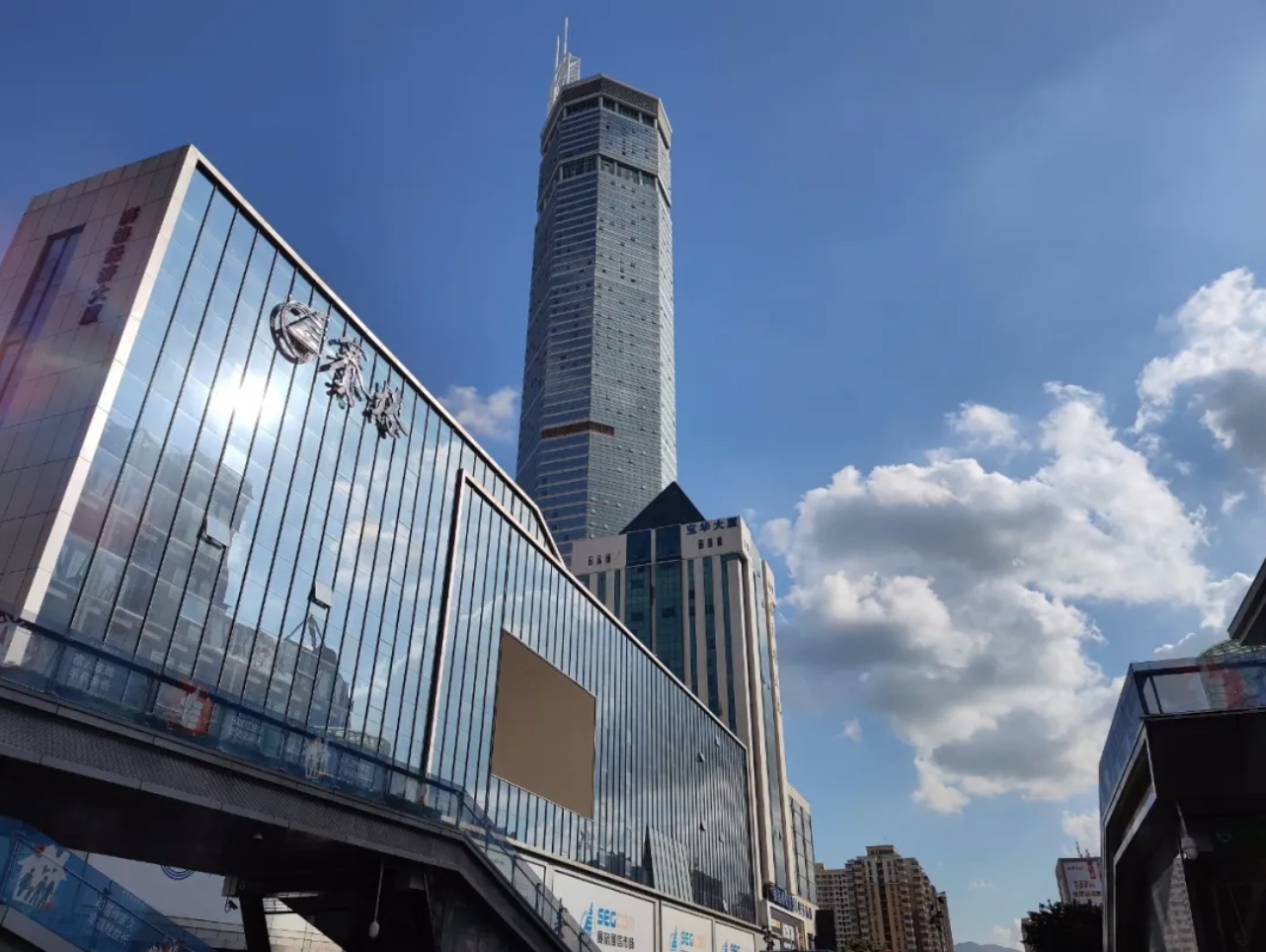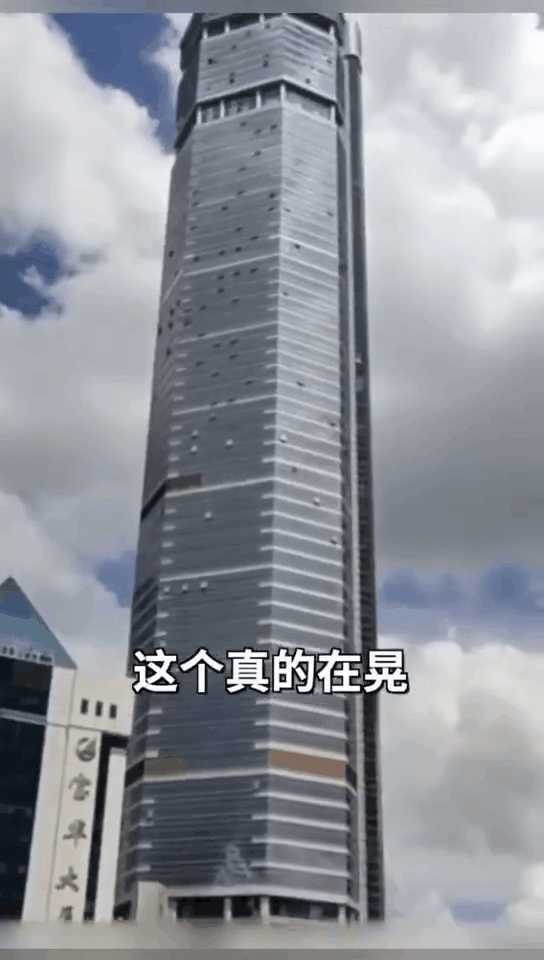Mysterious vibrations lead to evacuation of Shenzhen skyscraper, prompting speculation about substandard construction
Some 15,000 people had to evacuate SEG Plaza — a nearly 1,000-foot-tall office and retail tower — after unexplained tremors. The government has denied speculation from internet users that the cause was bitcoin mining or problems in its construction.

A skyscraper in the southern Chinese city of Shenzhen had to be evacuated Tuesday afternoon after it began swaying for no apparent reason. A chaotic scramble of confused office workers and business owners fleeing in terror could be seen in a rash of viral videos that swept through the Chinese internet yesterday.
Occupants of the 79-story SEG Plaza, one of the tallest structures in China, first felt the wobble in the morning, but it wasn’t until about 12:30 p.m. that the vibrations intensified to a point where the building’s management office decided to urgently evacuate everyone in the building — about 15,000 people. By 2:40 p.m., the skyscraper was completely emptied and sealed off from the public. No deaths or injuries were reported, according to local media reports (in Chinese).

Photos and videos from the scene showed furniture flipped over and items falling off shelves. As terrified occupants ran out of the building, a large crowd of bystanders gathered on a busy shopping street near the tower.
“I saw the water in my glass rippling a bit around 11 a.m. in the morning. And it happened again a few hours later. Then I felt the tremor getting stronger and stronger. Hallways were packed with people and elevators got so jammed that I had to use stairs to exit the building,” a person who worked on the 28th floor of the complex told Jiemian News (in Chinese).

The cause of the shaking was initially unclear, as there were no “abnormalities in the main structure and surrounding environment of the building,” according to a statement issued by local authorities yesterday. Meanwhile, the city’s weather department reported that the wind speed it recorded at the time of the shaking was around 27 kilometers (16.7 miles) per hour, which could be best described as a “gentle breeze” — nowhere near powerful enough to make a solid structure wobble.
Completed in 1999 and located in Shenzhen’s Futian District, SEG Plaza is home to a major electronics market and hundreds of offices. Standing at a whopping 291 meters (957 feet), the structure is the 18th tallest building in Shenzhen and the 104th tallest building in China, according to the Council on Tall Buildings and Urban Habitat skyscraper database.
Bitcoin mining or shoddy construction to blame?
As news about the shaking broke, Chinese social media immediately went into overdrive with hashtags trending on Weibo and commenters speculating on the trigger of the wobble. Some people believed vibrations from the thousands of bitcoin mining machines hosted inside the building somehow synched up with the building’s structural resonance.
Others pointed out that this was not the first time that tremors had violently rocked SEG Plaza. One day in 1999, a few months after its completion, the complex started to shake inexplicably, causing an immediate evacuation of the premises. Local officials never determined the cause of the incident, but a 20-year-old academic paper written by a student at Huazhong University of Science and Technology, unearthed by some media outlets in the light of yesterday’s incident, provided some additional information.
In the paper, the author, who was involved in the building’s construction, said (in Chinese) that the 1999 shake was caused by a design flaw in antennas on the top of the complex and that the problem had been fixed after the incident. The author also noted that because the working drawings were not finalized when the construction started, a slew of design changes afterward caused a certain degree of confusion and stress among construction workers, who were put on a tight timeline to complete the project.
The building will reopen
However, hypotheses about bitcoin mining and shoddy construction were rejected by local authorities, who said in another statement today that after preliminary inspections, experts determined that yesterday’s shaking was a result of resonance caused by a variety of factors, including wind, temperature, and passing subway trains near the building.
Because “there was no structural damage to the complex,” officials also said that they would announce a reopening date of the building after a more thorough investigation. But some internet users remained skeptical of the structure’s condition and design, saying that it should be shuttered for good. “No one in their right mind would agree to work in that building again,” a Weibo user wrote (in Chinese).
Structural failures are not uncommon in China, where local governments sometimes allow buildings to be constructed in a hasty and shoddy manner in order to fulfill urbanization goals. The poor quality of some buildings can also be attributed to corruption and graft, as project money is often “skimmed off the top for and by officials, leaving less funding for quality materials, qualified staff, and acceptable workmanship,” as the Diplomat noted. The concerning phenomenon has also led to the proliferation of the term “tofu-dreg project” (豆腐渣工程 dòufǔzhā gōngchéng), a phrase coined by China’s former premier Zhū Róngjī 朱镕基, who, after the 1998 Yangtze flood, said that the poorly built dams on the river were as flimsy and porous as tofu dregs.


